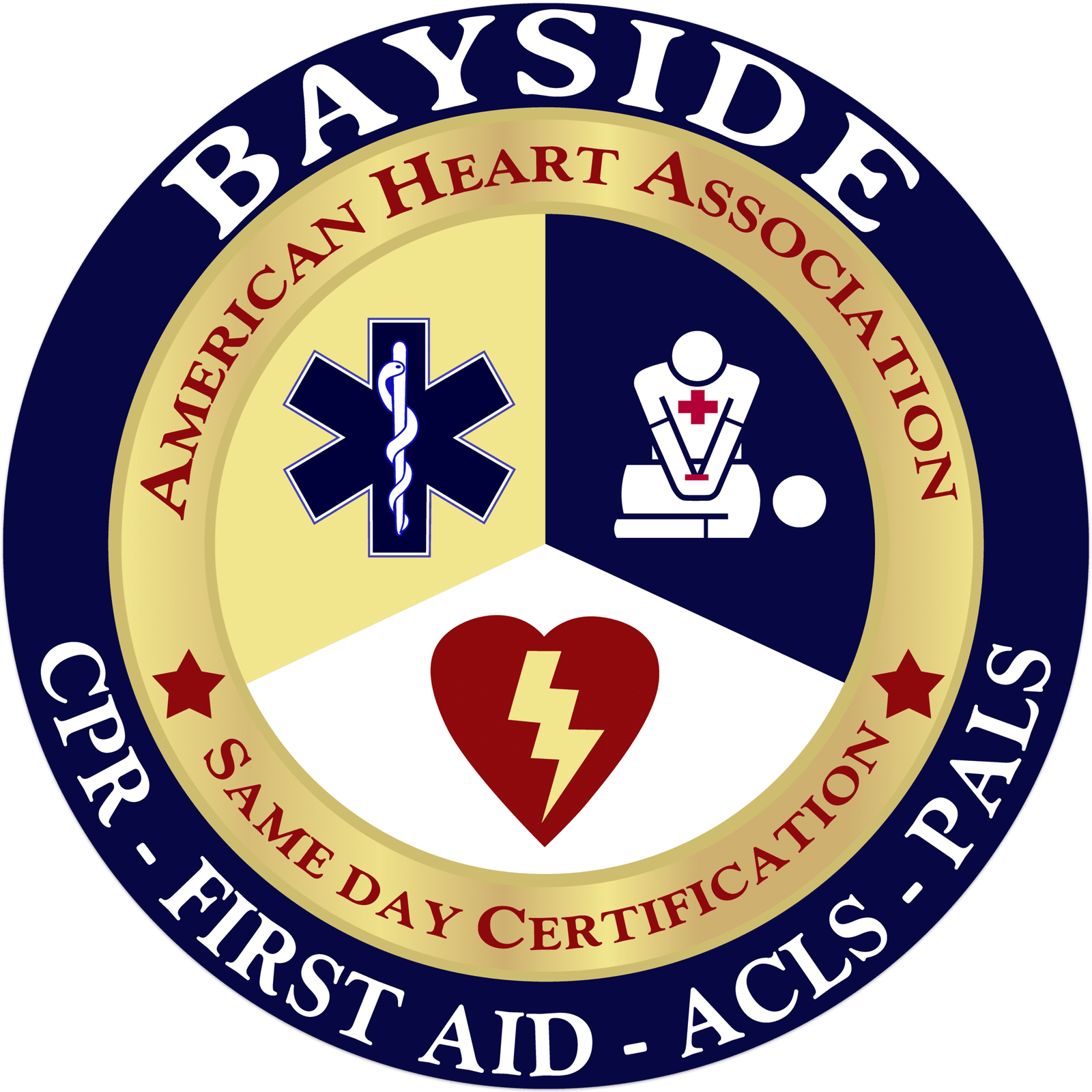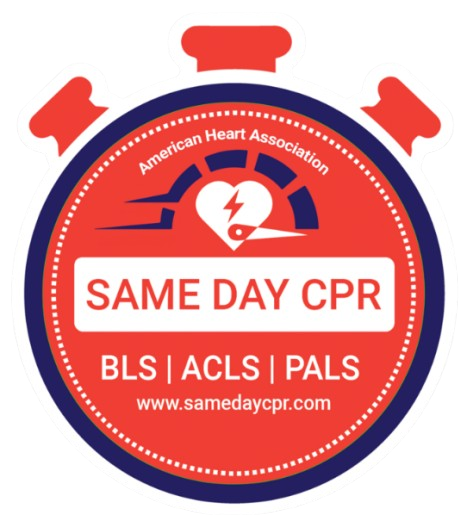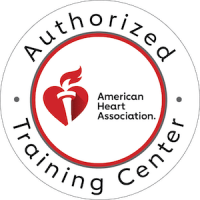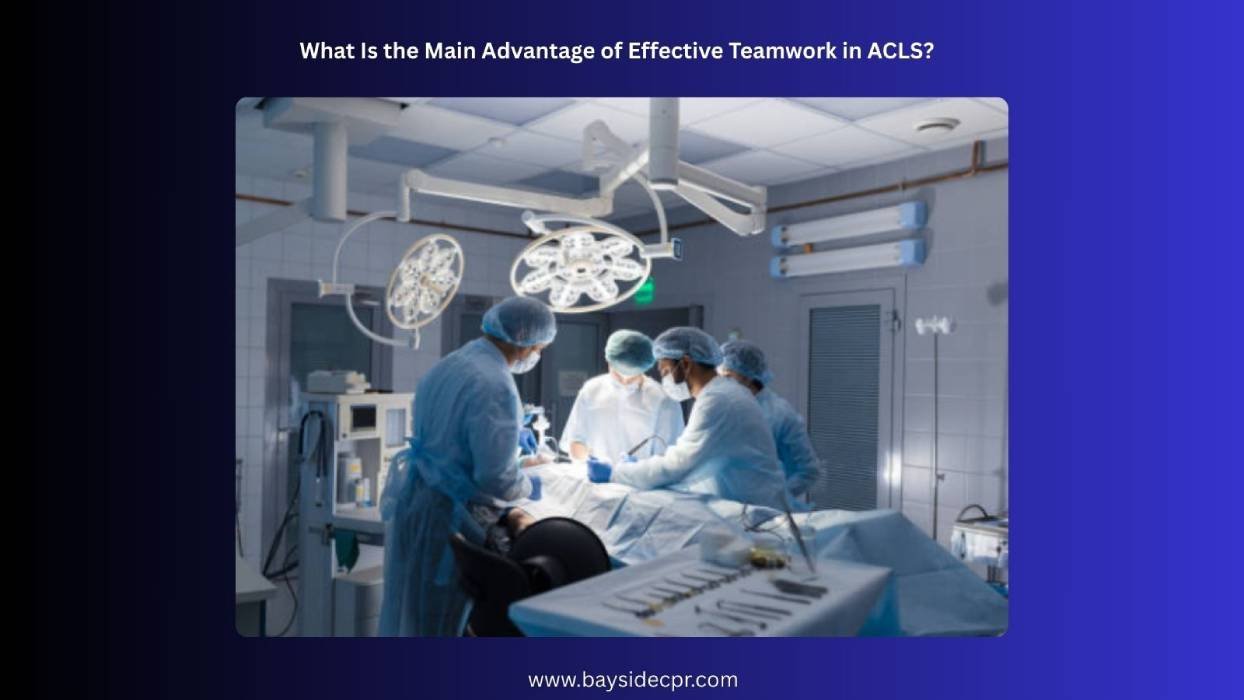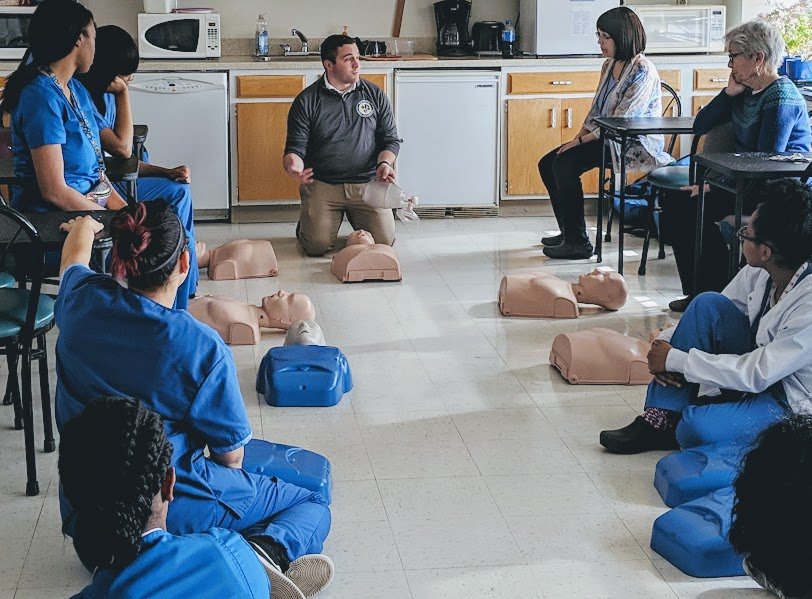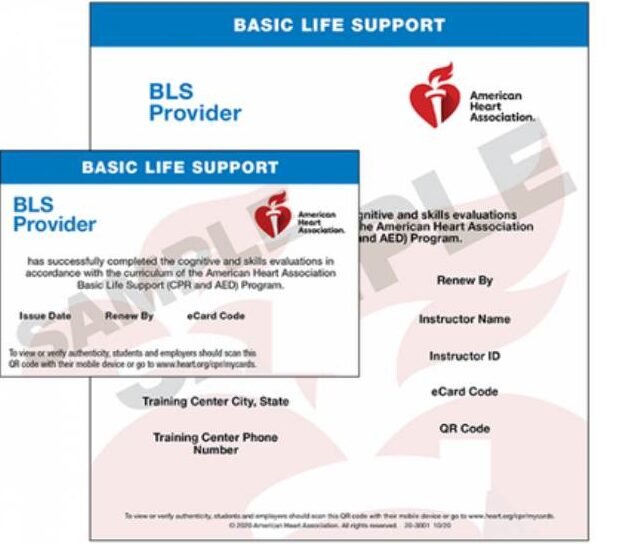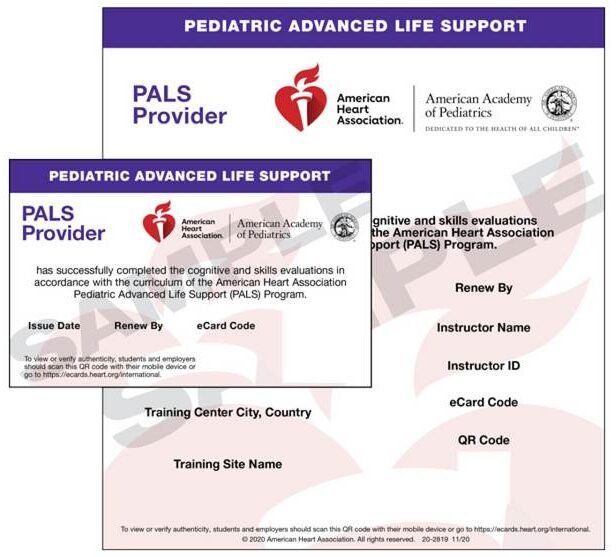ACLS stands for Advanced Cardiovascular Life Support, a special training that helps healthcare providers respond quickly and confidently during serious heart emergencies. This class is designed for doctors, nurses, paramedics, and anyone who works in medical settings where they might need to save lives. One of the most important parts of ACLS is effective teamwork. When team members work well together, they can act faster and more smoothly in emergencies. This means delivering the right treatments at the right times, which can make a huge difference in saving a life. Teamwork also helps everyone stay calm and focused, even when the situation feels stressful. By working as a team, the whole process becomes more efficient and greatly improves the chances of a positive outcome for the patient. In this blog, we will explore why strong teamwork is the main advantage of ACLS training.
Main Advantage of Effective Teamwork in ACLS
Effective teamwork in ACLS helps everyone work together smoothly, making a real difference in saving lives. When team members communicate well and support each other, patients get better care faster and with fewer mistakes.
1. Improved Patient Outcomes
One of the biggest benefits of effective teamwork in ACLS is that it helps improve patient outcomes. When you work together smoothly with others, you can share information quickly and make decisions fast. This quick action can be lifesaving during emergencies like pulseless electrical activity (PEA) or asystole. Knowing how to respond effectively in those moments is critical. If you want a deeper understanding, check out our ACLS pulseless electrical activity and asystole guide. When your team communicates well and supports each other, the patient has a better chance of recovering. Clear teamwork reduces mistakes and ensures that the right steps are taken at the right time. Overall, working as a team creates a more organized and confident approach to saving lives.
2. Faster Response Times
Effective teamwork in ACLS helps you respond faster in emergencies. When everyone works together smoothly, you can share ideas, split tasks, and support each other efficiently. This means you can act quickly to provide life-saving treatments and make decisions without wasting precious time. With good teamwork, your group can stay focused and organized, which increases the chances of helping the patient recover. For example, practicing key scenarios improves readiness. See how understanding the ACLS megacode scenario simulations can prepare your team for real emergencies. When your team works well, everyone benefits because you get to save lives more effectively and confidently.
3. Increased Efficiency and Reduced Confusion
A major benefit of good teamwork in Advanced Cardiac Life Support is how it keeps everything running smoothly and efficiently. When team members communicate clearly and support one another, tasks are completed faster with fewer errors, an essential advantage in high-pressure emergencies. Everyone understands their role, reducing confusion and allowing for quick, confident action. This level of coordination gives the patient a stronger chance of survival. For a practical model on team roles, review the resuscitation triangle roles in an ACLS high-performance team. In essence, effective teamwork streamlines the entire process and improves outcomes.
4. Minimized Errors
The biggest benefits of effective teamwork in ACLS are that it helps minimize errors. When everyone on your team works well together, you can catch mistakes earlier and avoid misunderstandings. This creates a smoother process and makes sure that each person does their part correctly. For instance, improving your ability with heart rhythms can reduce errors and increase your skills with our ECG rhythms recognition and interpretation for the ACLS guide. With good teamwork, you and your team can handle emergencies more confidently and accurately. It makes the whole experience safer and more efficient, giving everyone the best chance to help the patient recover. Overall, working together in sync makes a real difference in saving lives.
5. Better Decision Making and Greater Confidence
The biggest advantages of effective teamwork in ACLS are better decision-making and greater confidence. When you work closely with your team, you feel more supported and sure of your choices. Everyone shares their knowledge and skills, which helps you see things more clearly and act faster. You don’t have to carry the weight alone, and that makes a huge difference in high-stress moments. Good communication helps you trust your team, and that trust builds confidence in your actions. When everyone works together smoothly, you’re more likely to make the right calls and give the best care possible.
6. Overall Impact
The main advantage of effective teamwork in ACLS is that it helps save lives more efficiently. When everyone on the team knows their role and works together smoothly, care becomes faster and more accurate. You don’t have to waste time figuring out who does what because each person already knows their job. This allows you to focus on giving the best care possible to the patient. Good teamwork also lowers stress during emergencies, helps avoid mistakes, and makes communication clear and steady. In short, your team’s coordination can make the biggest difference in a life-or-death situation. To ensure you’re also following the right protocols, see the essential ACLS Algorithm: What You Need to Know.
Why Is Teamwork Important in ACLS?
Teamwork matters in ACLS because saving a life takes more than one pair of hands. When everyone works together smoothly, care becomes faster and more effective.
1. Team Dynamics and Leadership
Strong team dynamics and good leadership make a big difference during ACLS. A clear leader helps guide the group, gives direction, and keeps everyone focused. Each person knows their role and trusts others to do their part. When the team communicates well and supports one another, care becomes more organized and effective. This kind of teamwork helps reduce stress and keeps things moving quickly during critical moments.
2. Multi-Disciplinary Approach
In ACLS, a multidisciplinary approach brings different healthcare professionals together to provide the best care possible. Everyone brings their skills and knowledge, which helps the team respond faster and smarter. Nurses, doctors, respiratory therapists, and others each play a key role. When they work side by side and share ideas, the team becomes stronger and more prepared. This kind of teamwork leads to better decisions and better outcomes for the patient.
3. Team Practice and Scenario-Based Training
Team practice and scenario-based training help everyone get comfortable working together in high-stress situations. By practicing real-life cases, team members learn how to stay calm, follow the steps, and support one another. It also builds confidence and helps people understand their roles better. The more a team trains together, the smoother things go when it counts. This kind of practice turns a group of individuals into a strong, prepared team.
Key Benefits and Significance of Teamwork in ACLS
In summary, effective teamwork in ACLS can truly mean the difference between life and death. When each team member communicates, knows their role, and supports one another, care becomes faster, smoother, and more reliable. Emergencies are stressful, but a strong team makes the process feel more manageable and focused. Working together not only helps avoid mistakes but also boosts confidence and decision-making in critical moments. With the right teamwork, your group becomes a well-prepared unit ready to give patients the best possible chance at survival.
To build these essential skills and ensure your team is ready for any emergency, Bayside CPR offers comprehensive training in ACLS, PALS, BLS, CPR, and first aid, helping you and your team become confident, efficient, and prepared professionals.
